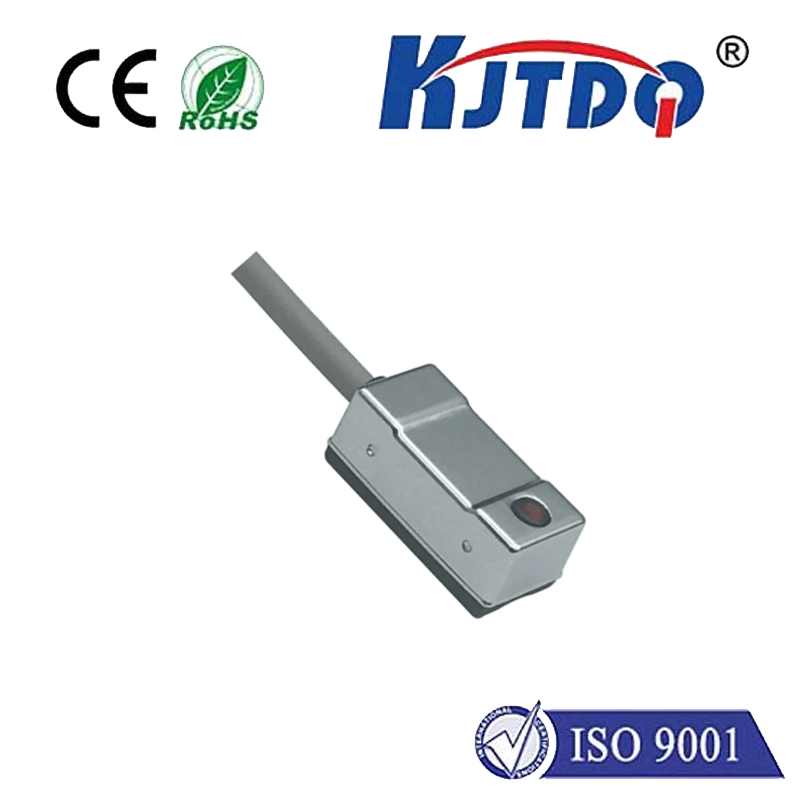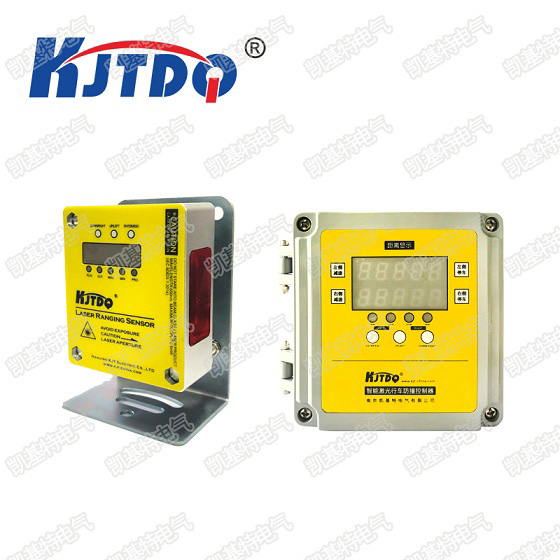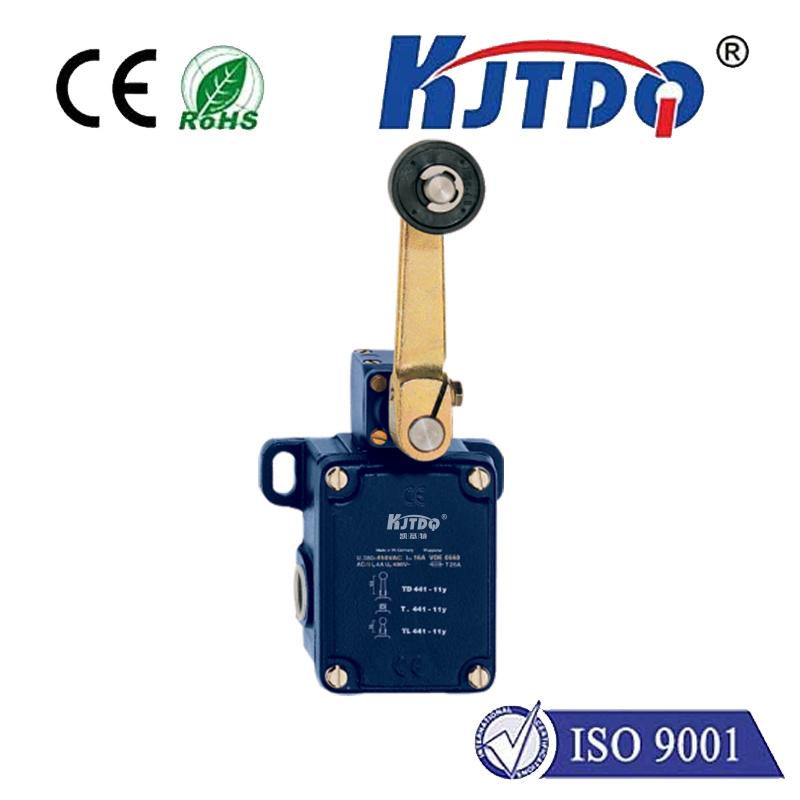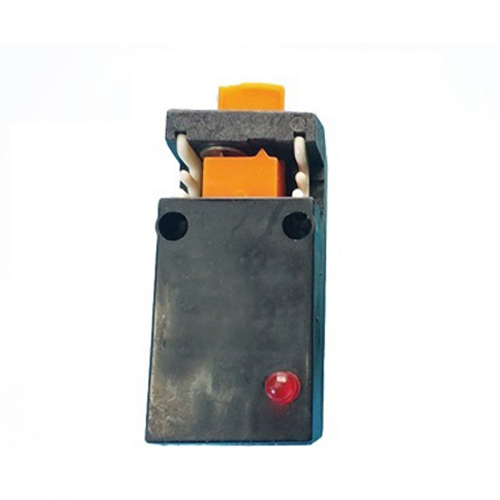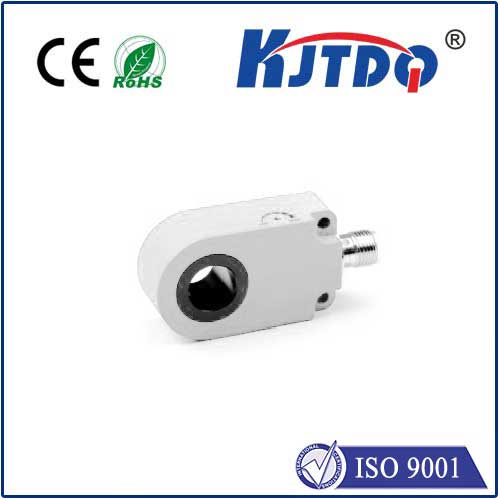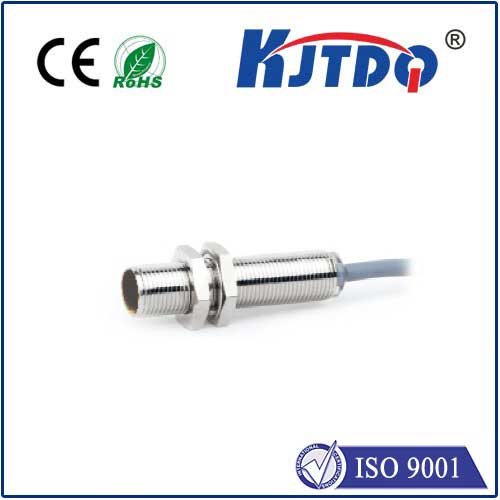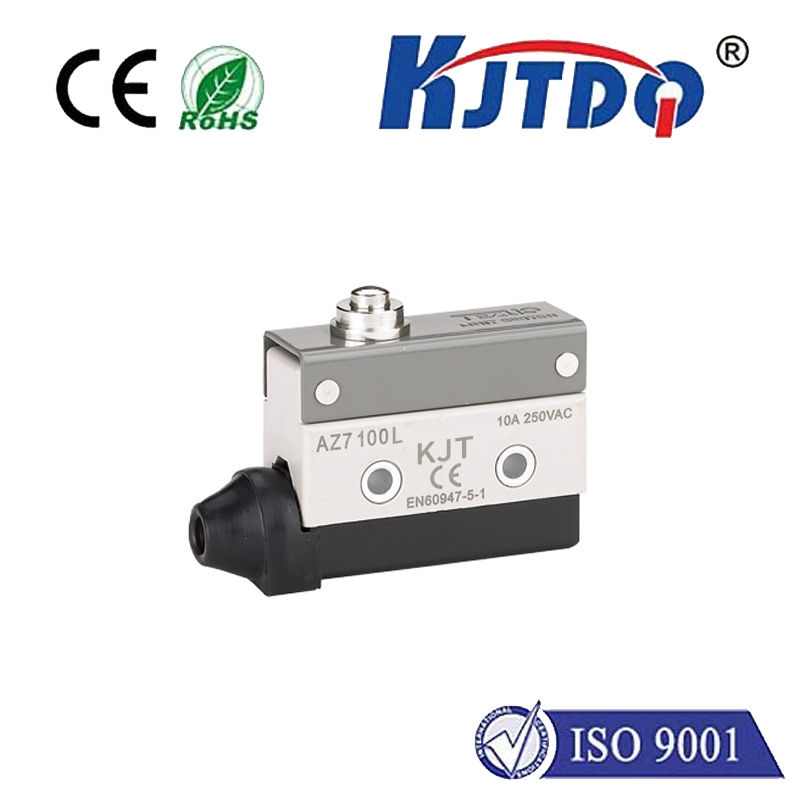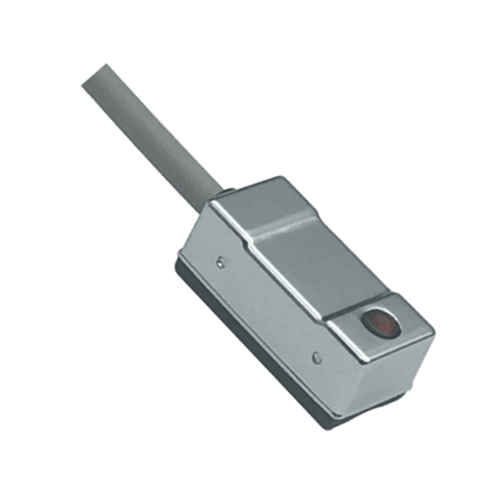

check

check

check

check

check

check

check

check

check

check
Title: Exploring the Versatility of Photoelectric Beam Sensors
Photoelectric beam sensors are versatile electronic devices that have revolutionized industrial automation and manufacturing processes. These sensors utilize a beam of light to detect the presence or absence of objects, measuring their position and movement with high precision. In this article, we will explore the unique features and applications of photoelectric beam sensors in various industries.
Firstly, photoelectric beam sensors operate on the principle of interrupting a light beam to detect an object's presence or absence. The sensor consists of an emitter and receiver pair, placed opposite each other, separated by a small gap. When an object passes through the beam, it disrupts the transmission between the emitter and receiver, triggering an output signal indicating its detection. This simple yet effective technology enables precise measurements without physical contact, making it ideal for use in harsh environments where contact-based sensors may fail.

One significant advantage of photoelectric beam sensors is their ability to detect objects at varying distances and sizes. By adjusting the sensitivity of the sensor, it can be configured to detect small objects such as pins or large items like pallets. Additionally, these sensors can be programmed to ignore false positives caused by background interference, ensuring accurate detection even in challenging conditions. This flexibility makes photoelectric beam sensors suitable for a wide range of applications in industries such as packaging, food processing, and automotive manufacturing.
In addition to their robustness and adaptability, photoelectric beam sensors offer several practical benefits. They are easy to install and require minimal maintenance, reducing operational costs for businesses. Moreover, they provide real-time data on production processes, allowing manufacturers to optimize workflows and increase efficiency. For example, in conveyor systems, photoelectric beam sensors can monitor product flow, detecting any bottlenecks or jams and alerting operators to take corrective action promptly.
Furthermore, photoelectric beam sensors play a crucial role in safety applications. They are commonly used in access control systems, where they act as intrusion detectors to prevent unauthorized entry into secure areas. In robotics, they serve as safeguards, preventing machines from operating when people are present in hazardous areas. By integrating photoelectric beam sensors into safety protocols, companies can create safer workplaces while meeting regulatory compliance requirements.
Lastly, advancements in technology have led to the development of smart photoelectric beam sensors that offer enhanced capabilities. These sensors incorporate artificial intelligence and machine learning algorithms to analyze data patterns and predict potential issues before they occur. This proactive approach enables businesses to implement preventive measures rather than reacting to problems after they arise.
In conclusion, photoelectric beam sensors are incredibly versatile devices that have found widespread use across various industries due to their accuracy, reliability, and ease of integration. From enhancing production efficiency to promoting workplace safety, these sensors continue to evolve and improve, offering innovative solutions for modern challenges faced by businesses worldwide. As technology advances, we can expect photoelectric beam sensors to become even more integral components of industrial automation and manufacturing processes.
